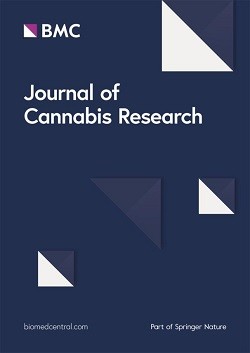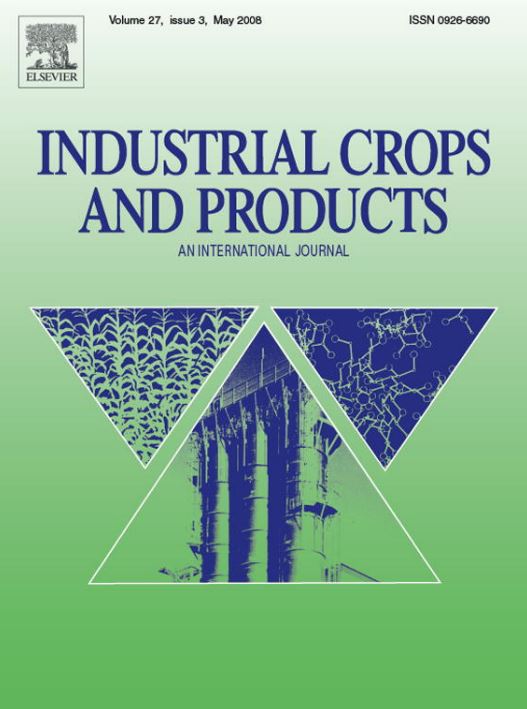Abstract
Cannabinoid uniformity plays an important role in the quality and marketability of cannabis products. Light is an important environmental factor determining increased yield and improved secondary compound production, while energy consumption is a primary concern as lighting is one of the main input costs for controlled environment cannabis production systems. The objective of this study was to evaluate lighting strategies and compare these to commercial cultivation methods that maximize yield and uniformity of cannabinoids in cannabis plants. Four lighting treatments were investigated, including high pressure sodium (HPS) toplight, light-emitting diodes (LED) toplight, HPS toplight + interlight and LED toplight + interlight. Plants grown under HPS toplight displayed increased plant height. LED treatments significantly increased dry inflorescence mass compared to HPS treatments. The addition of interlighting increased biomass produced in the lower canopy, resulting in a significant increase in biomass produced per cannabis plant. When comparing light use efficiency (grams per mol), HPS toplight significantly increased inflorescence mass produced per mol of light received. However, analysis of power use efficiency expressed in grams per kilowatt-hour (kWh) revealed that LEDs provided increased yield at lower energy cost. LED toplight led to a 7 % improvement over HPS, with a 2 % increase in secondary metabolite production for Δ-9-tetrahydrocannabinol (THC) (p < 0.05). Interlighting did not significantly impact the lower canopy inflorescence THC values. LED treatments were more energy efficient at producing grams THC when analyzing THC power use efficiency. Cannabigerol concentrations significantly increased with LED treatments compared to HPS. Major terpenes showed no significant differences between treatments. This study has demonstrated the added benefit of implementing interlighting and LED toplighting in an indoor controlled environment cannabis production system. Importantly, LED toplight and interlight strategies show potential in competing with conventional HPS lighting strategies.




